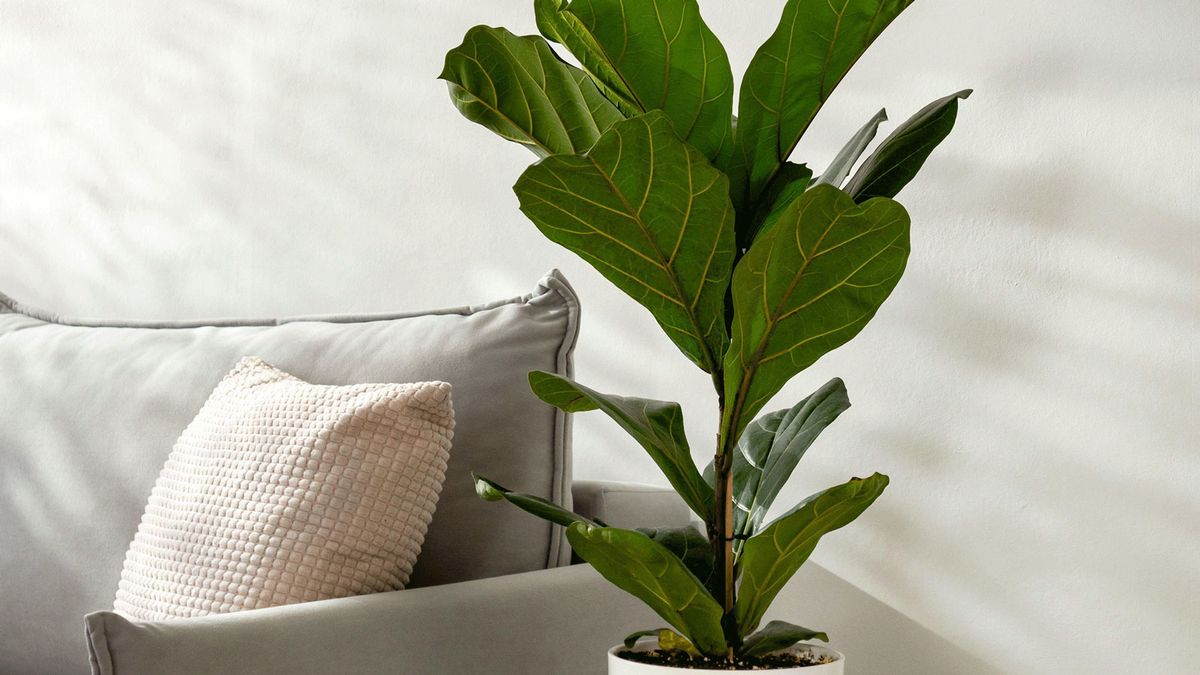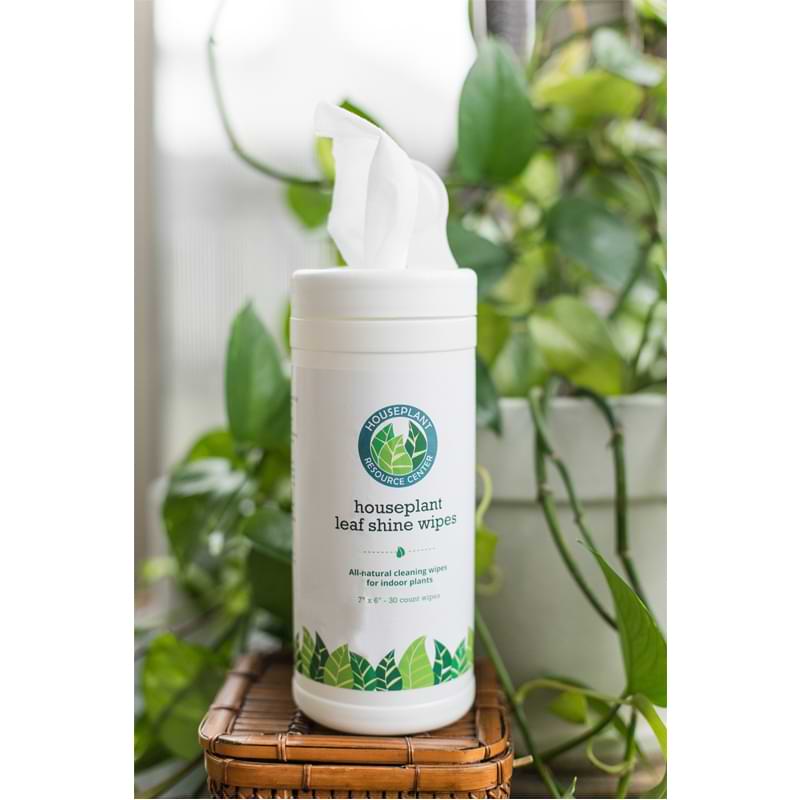As a fiddle leaf fig owner, discovering thrips on your beloved plant can be disheartening But don’t panic! With some diligence and care, you can eliminate thrips and get your fiddle leaf fig thriving again
What Are Thrips?
Thrips are tiny winged insects that pierce plant cells to feed on the sap inside At only 1/25″ long, they can be hard to spot The damage they cause is easier to detect – curling, browning, or yellowing of leaves and stunted plant growth. Thrips thrive in warm conditions and lay eggs in the soil. Left uncontrolled, a thrip infestation can seriously harm or kill a fiddle leaf fig.
How To Identify Thrips on Fiddle Leaf Figs
Catching a thrip infestation early makes treatment easier. Start by looking for these signs:
- Yellowish or brownish specks on leaves that resemble pepper or salt. This is thrip waste and dead thrips.
- White streaks or silver patches on leaves. These are scars from thrip feeding.
- Curled, wrinkled, or cupped leaves. Thrip damage causes distorted growth.
- Presence of tiny black or yellow bugs on the undersides of leaves. These are the thrips themselves.
Examine leaves closely with a magnifying glass to spot thrips. Also check the top 2 inches of soil for white cocoons – a sign thrips are emerging as adults. If you see several of these indicators, assume thrips are present.
How To Get Rid of Thrips on Fiddle Leaf Figs
Once identified, getting rid of thrips requires persistence. Here are the steps I recommend based on experience:
Isolate the Plant
Contain the infestation by moving the fiddle leaf fig away from other plants. Thrips spread rapidly, so isolation is critical.
- Place the pot in a plastic bag to transport it, sealing the open end.
- Keep the isolated plant away from direct sun, as thrips thrive in heat.
- Don’t touch other plants after handling the infected fiddle leaf fig without washing your hands first.
Prune Away Damage
Pruning helps eliminate thrips’ food source. Using clean, sterilized pruning shears:
- Cut off any dead or heavily damaged leaves and dispose of them in a sealed bag.
- Trim away brown edges or spots from remaining leaves.
- Make cuts at a 45 degree angle to avoid leaving stubs prone to rotting.
This pruning stimulates new, healthy growth.
Wash Leaves
Wipe both sides of every leaf with a soft cloth dipped in warm, soapy water. This removes thrip eggs and larvae hiding there.
- Use a mild Castile soap that won’t harm the plant.
- Take care not to damage the fragile fiddle leaf fig leaves.
- Allow leaves to fully dry before returning the plant to its spot.
Repeat washing weekly while treating the infestation.
Apply Insecticidal Soap
Insecticidal soaps smother and kill thrips on contact. Look for a targeted product labeled for use on fiddle leaf figs.
- Spray plant leaves, stems, and the top surface of soil until dripping.
- Reapply every 5-7 days for 2-3 weeks, as the soap only kills present thrips, not eggs.
- Always follow label directions for treatment intervals and precautions.
Replace the Soil
Since thrips live and lay eggs in soil, replacing it disrupts their life cycle.
- Remove the fiddle leaf fig from its pot and shake off all old soil from the roots.
- Repot in a clean container using fresh, sterile potting mix.
- Opt for a well-draining soil to deter future infestations.
Apply Systemic Insecticide
Systemic insecticides are absorbed by plant roots and leaves, making the plant itself toxic to thrips. They provide lasting protection.
- Use a product made specifically for fiddle leaf figs and follow all label instructions.
- Apply as a soil drench and foliar spray for thorough distribution.
- Retreat every 2-3 weeks until thrips are gone.
Take care using these powerful chemicals on an edible plant.
Continue Monitoring
Keep inspecting leaves and soil even after treatment to ensure thrips don’t return. Catching reinfestation early makes retreatment easier.
When Are Thrips Gone for Good?
It can take 2-3 weeks of treatment to fully eliminate thrips. Signs the infestation is over:
- No more yellowish specks or scars appearing on leaves.
- No tiny black or yellow bugs present on close inspection.
- No white cocoons visible in the soil.
- New leaf growth looks healthy and undamaged.
Stay vigilant even after thrips disappear to prevent recurring infestations. Keep your fiddle leaf fig isolated for a month after last seeing signs of thrips, checking it closely for any symptoms. Consistent, thorough treatment is key to banishing thrips for good.
How To Prevent Thrips on Fiddle Leaf Figs
Prevention is the best medicine when it comes to fiddle leaf fig pests. Here are proactive steps to avoid thrips:
- Keep plants out of direct sun, as heat breeds thrips.
- Allow soil to dry out slightly between waterings.
- Apply horticultural oils or insecticidal soaps early in the growing season. These deter pests before they take hold.
- Quarantine and inspect new plants before introducing them.
- Remove plant debris and weed the garden to eliminate hiding places.
- Use yellow sticky traps around plants to catch adult thrips.
- Release predatory insects like ladybugs or lacewings, which feed on thrips.
Staying vigilant for early warning signs like distorted growth allows treatment before major damage occurs. Don’t wait to take action at the first sign of thrips.
Caring for Fiddle Leaf Figs After Thrips
Even after thrips are gone, the fiddle leaf fig needs some extra TLC to recover completely:
- Apply a balanced plant fertilizer to nourish the plant back to health. Look for one formulated specifically for fiddle leaf figs.
- Mist leaves frequently to increase humidity while new growth forms.
- Keep the plant isolated from drafts and direct sun until fully recovered.
- Wash leaves weekly with insecticidal soap as a preventative.
- Avoid repotting or pruning while the plant is recovering.
- Remove any lingering damaged leaves to improve appearance.
With time and proper care, your fiddle leaf fig will regrow its beautiful, oversized leaves thrip-free. Be patient, as it can take months to rebound fully. But don’t abandon hope! With persistence, you can rescue your fiddle leaf fig from a thrip attack.
Common Questions about Thrips on Fiddle Leaf Figs
How did my fiddle leaf fig get thrips?
Thrips enter homes on infested nursery plants and cut flowers. They can also come in through open windows. Basically, thrips go where the food is, migrating from plant to plant. Their tiny size enables them to hitch rides unnoticed.
Should I throw out my fiddle leaf fig if it has thrips?
Absolutely not! With treatment, thrips can be eliminated, and fiddle leaf figs recover fully. There’s no need to compost the plant, as long as you commit to thorough, consistent treatment.
Can thrips come back after treatment?
It’s possible for thrips to reinfect a treated plant. Usually this happens if all life stages weren’t fully eliminated, allowing eggs to survive and hatch. Prevent reinfestation by keeping plants isolated for a month after treatment and diligently checking for signs. Be prepared to retreat at the first sight of thrips.
Are thrips harmful to humans or pets?
Thrips do not bite or sting humans or animals. They are solely interested in feeding on plants. While not dangerous, they can be difficult to fully eradicate, so treatment is recommended to protect your fiddle leaf fig’s health.
With knowledge and care, thrips don’t have to spell disaster for fiddle leaf figs. Arm yourself with the information in this guide, and you can gently nurse your plant back to health thrip-free. Don’t let these tiny pests get the best of your beautiful fiddle leaf fig!

Enact more frequent care practices.
When your fiddle leaf fig is recovering in isolation, it’s wise to enact a more frequent care routine that ensures the plant fully recovers. Because of the aggressive feeding habits of thrips, you’ll want to replenish essential nutrients and vitamins with a fiddle leaf fig plant food. This formula added to any watering can boosts leaf development, strengthens root systems, and enhances overall plant health.
Also, you should keep using Leaf Shine wipes every day until you’re sure the pests are gone, which can be shown by:
- no more yellowish peppery specks on leaves
- no more feeding scars or white streaks on leaves
- no more cocoon-like structures in the soil
- new growth of vibrant, shiny green leaves
These signs may not show up right away, but if you wait and work hard, your fiddle leaf fig will get better.

Why Are Thrips and Springtails Bad?
Thrips use their sharp mandibles to puncture the surface of leaves and feed on the plants sap within. This can make the leaves turn yellow, curl, and brown, slow the plant’s growth, and even kill it if it’s not treated.
Springtails, by comparison, are less damaging to the plant, but their presence implies an overwatered plant. This issue can lead to root rot, ultimately killing the plant. Additionally, springtails can take over a plant’s pot, making it look bad and ruining the look of otherwise lovely home decor.
Your Guide to the Most Common Fiddle Leaf Fig Pests Test
- The Ultimate Guide to Growing Strawberries in Raised Beds - August 8, 2025
- No-Dig Garden Beds: The Easiest Way to Grow a Beautiful Garden - August 6, 2025
- How to Protect and Preserve Wood for Raised Garden Beds - August 6, 2025
